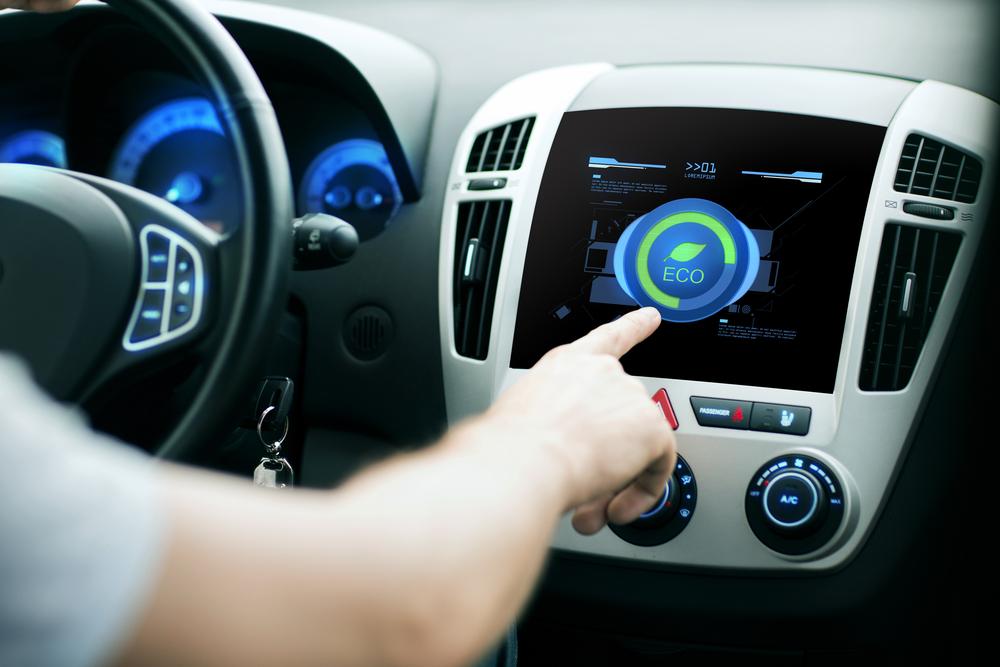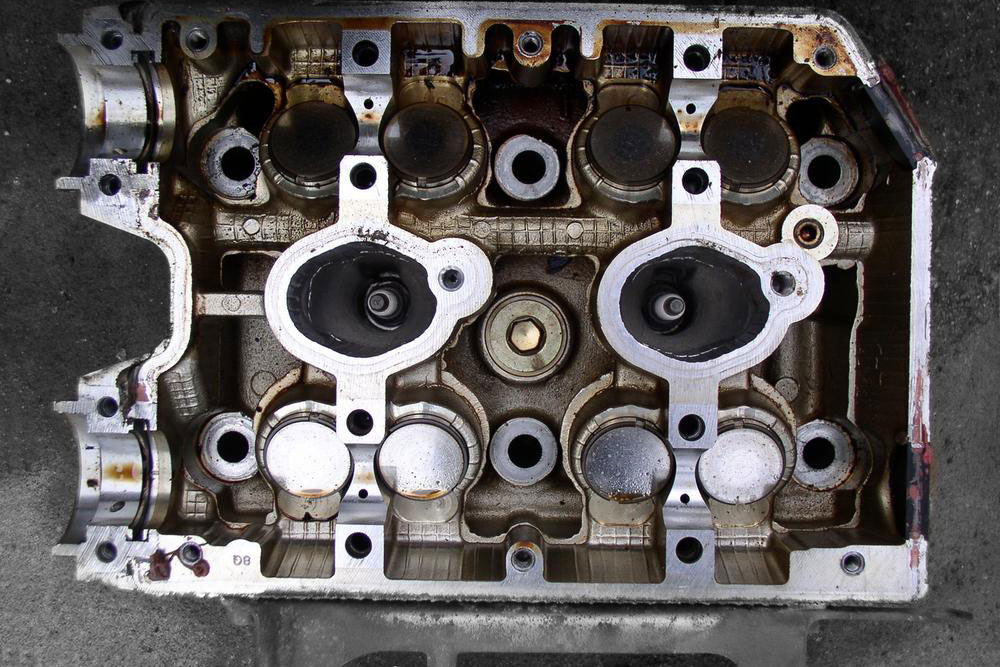In-Depth Overview of Auto Parts Industry and Dealership Networks
The auto parts industry is a vital component of the global automotive market, encompassing manufacturing, retail, and aftermarket services. Major dealerships like AutoZone and NAPA facilitate nationwide distribution, while online platforms expand consumer access. The industry, valued at over $320 billion, continues to grow due to increasing vehicle ownership and customization trends, offering countless opportunities for consumers and businesses alike.

Comprehensive Insight into the Auto Parts Market and Dealer Systems
The auto parts industry stands as one of the most significant sectors within the global automotive market, ranking as the second-largest segment after vehicle manufacturing. This dynamic industry encompasses a broad array of activities, including the manufacturing of auto components, distribution channels, remanufacturing processes, retailing operations, and aftermarkets services related to auto parts, accessories, and installation. These segments collectively serve both individual consumers and commercial clients, ensuring vehicles operate safely and efficiently throughout their lifecycle.
Auto parts are produced either by original equipment manufacturers (OEMs), who supply parts directly to vehicle manufacturers or authorized dealers, or by third-party suppliers, also known as aftermarket producers. The latter often focus on providing cost-effective alternatives or enhanced features for vehicle owners, contributing significantly to the overall growth and diversity of the industry.
Within the aftermarket arena, automotive parts are generally divided into two essential categories: replacement parts and accessories. Replacement parts are designed to restore or repair existing vehicle components, often due to wear and tear, damage, or manufacturing defects. These include critical engine components, brake systems, suspension parts, and transmission elements. Accessories, on the other hand, aim to improve vehicle aesthetics, comfort, functionality, or safety. Examples include custom wheels, spoilers, interior upgrades, electronics, and safety devices.
Prominent dealerships like AutoZone, NAPA Auto Parts, Rick’s Auto, and SAP USA play pivotal roles in distributing these products nationwide. These outlets serve as trusted hubs for both professional repair shops and individual vehicle owners, providing accessible locations and extensive product selections to meet diverse needs.
The manufacturing landscape for auto parts features a wide spectrum of companies that produce everything from engine components to electronic systems. Many of these manufacturers offer DIY-friendly options, which are tailored for vehicle owners with sufficient technical skills interested in performing their own repairs. This trend not only empowers consumers but also helps them save costs associated with professional services.
The global automotive aftermarket industry has reached an estimated valuation of about $320 billion, representing a substantial economic force. It provides employment opportunities for approximately 4.2 million individuals across various sectors, including manufacturing, retail, repair, and services. Since 2015, the industry has experienced continuous growth driven by increasing vehicle ownership, rising consumer demand for customization, and technological advancements in auto parts.
Consumer demand for customized vehicle features remains a key trend, leading to an expanded market for personalized accessories and performance upgrades. However, the availability and procurement of specific accessories depend heavily on the inventory managed by dealerships and the sourcing channels they utilize, which often include international suppliers. Dealerships serve as vital intermediaries, negotiating deals, managing inventory, and sourcing parts from global markets to meet regional demands and improve pricing strategies.
Furthermore, online platforms such as eBay and Amazon have revolutionized the auto parts industry by providing convenient, home-delivered options for a vast inventory of products. Since their expansion into automotive parts around 2014, these digital marketplaces have significantly increased consumer access, facilitated price comparisons, and fostered a thriving secondary market. This digital shift has been instrumental in broadening the industry's scope and responsiveness to customer needs.





